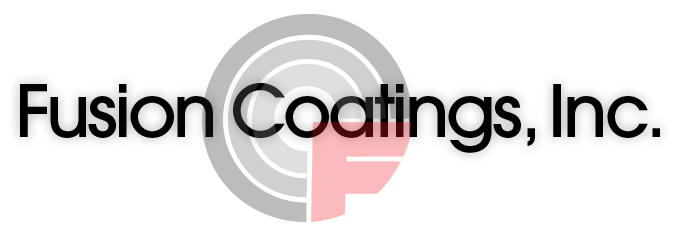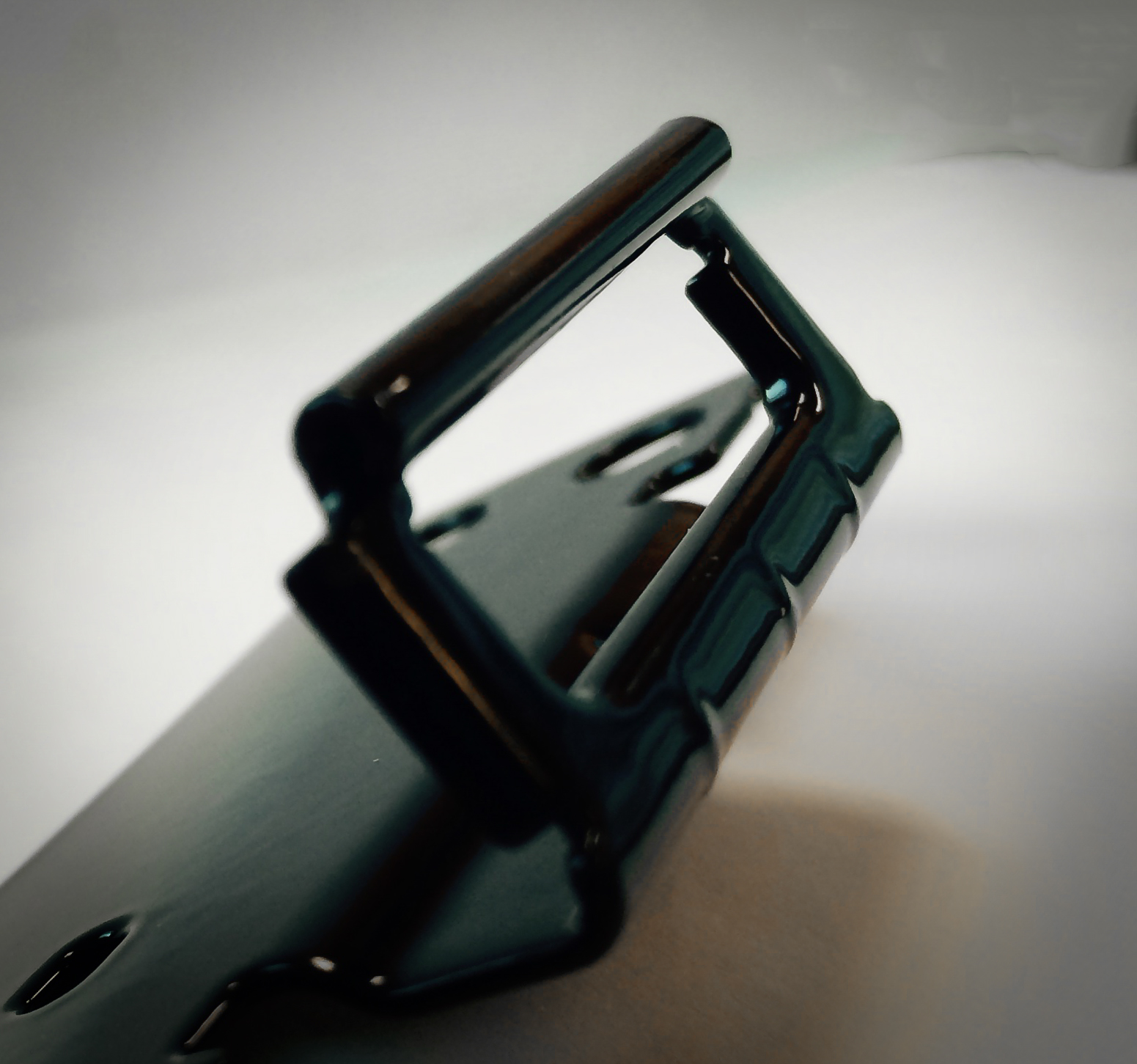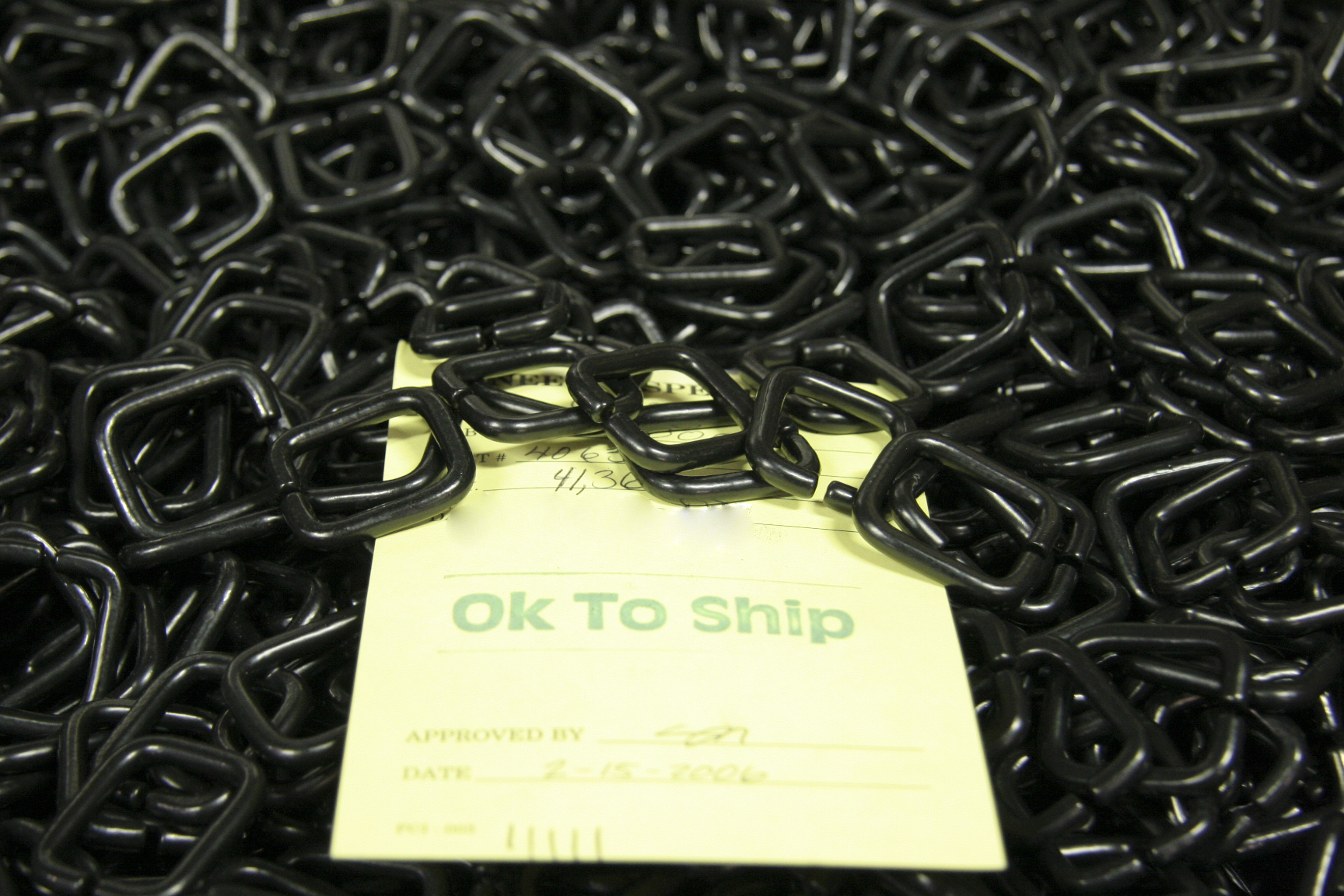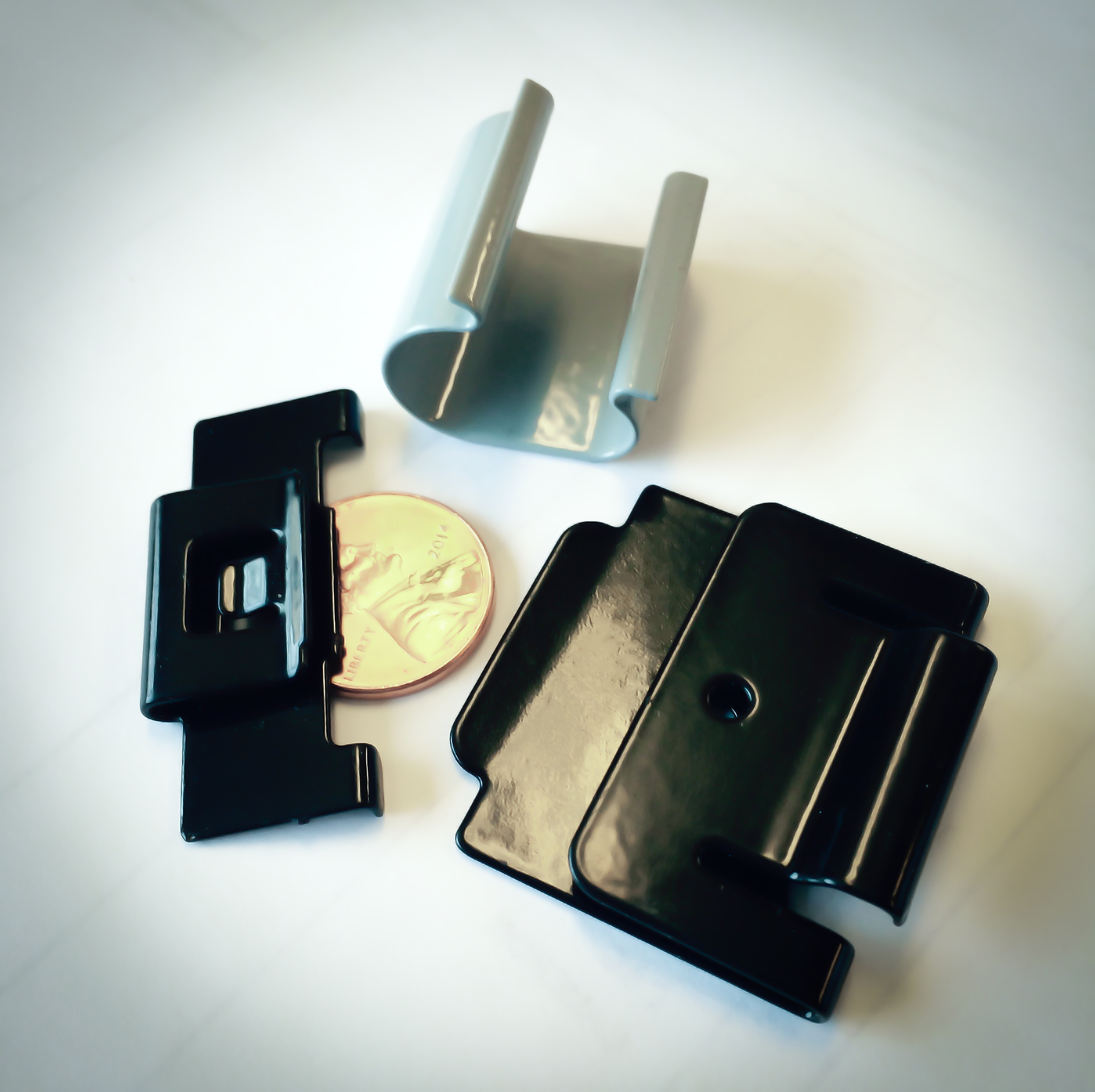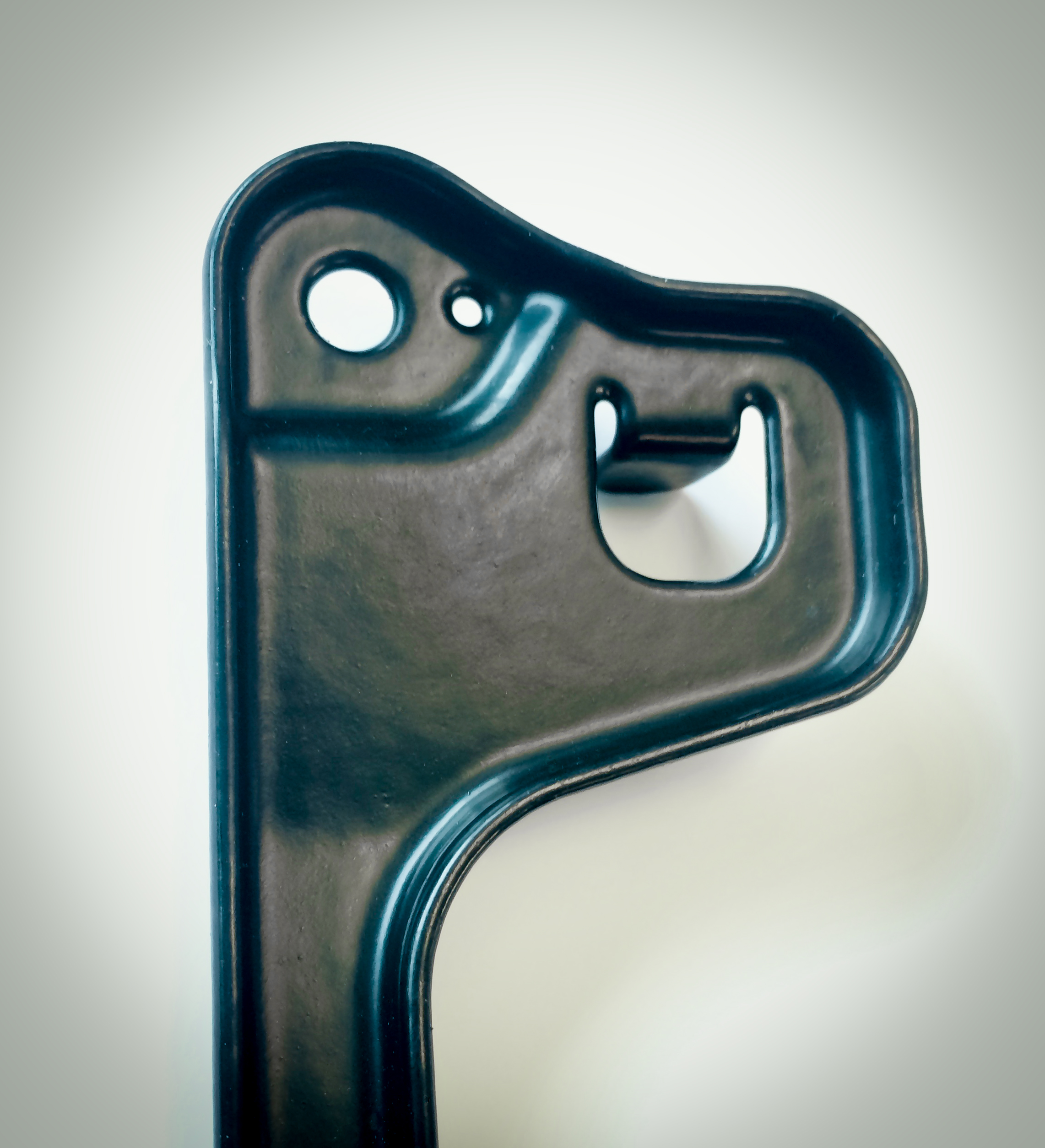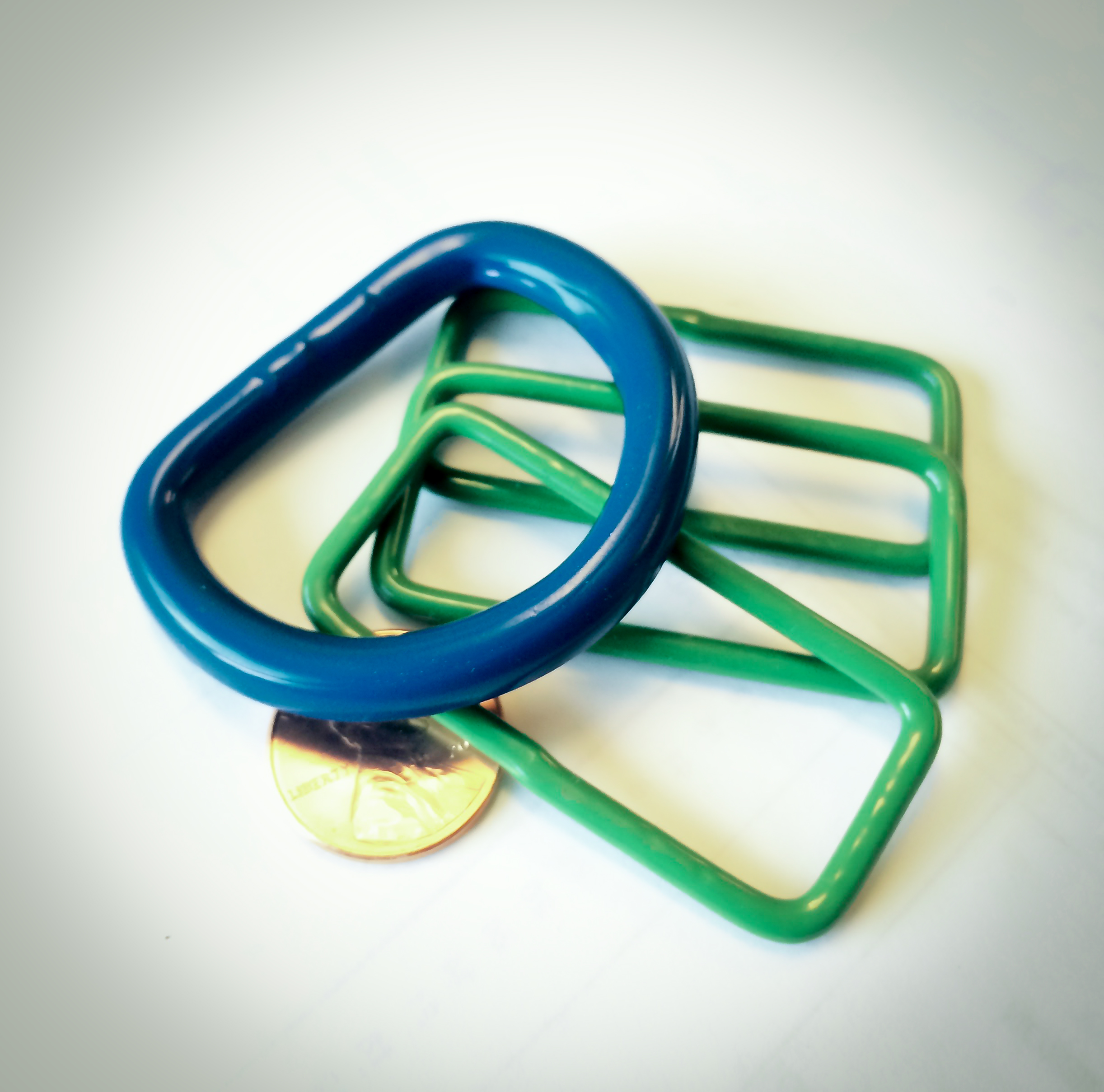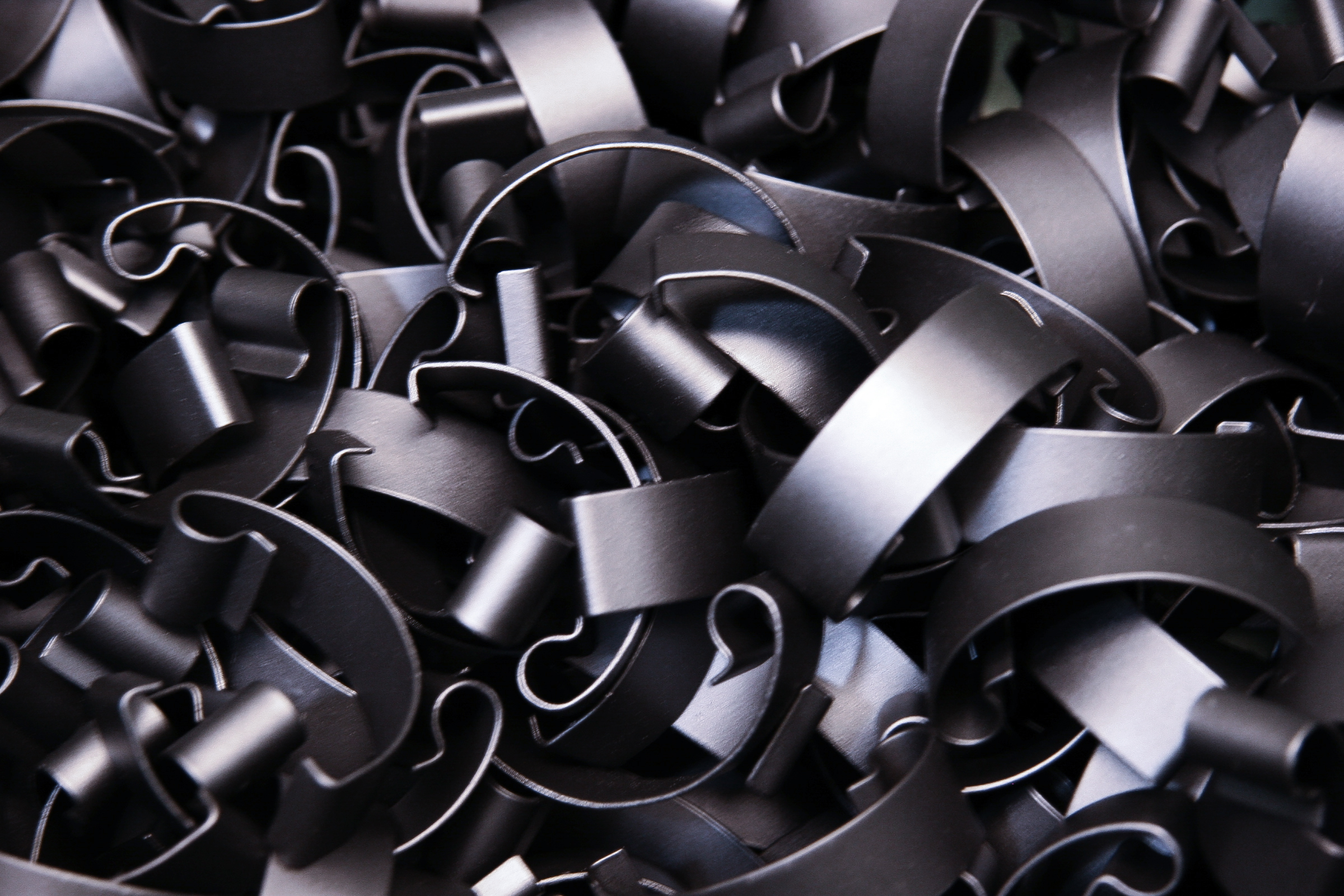What is Minicoat?
Minicoating is a specialized process used for applying thermoplastic coatings, particularly nylon or polyamide, to small metal parts.
Minicoating is known for its ability to provide a homogeneous coating thickness and a nice aspect, with specific adaptations in preheating conditions and bowl design for optimal results.
Process: In minicoating, the metal parts are first heated, then immersed in a bath of fine thermoplastic powder. The powder can be either fluidized by air or agitated by ultrasound to ensure even distribution and adhesion. The heat causes the powder to melt and bond to the surface of the metal part.
Advantages:
Uniform Coating: Minicoating allows for a complete and even coating around complex shapes without the need for hanging or touching the parts, which eliminates contact points that could lead to uncoated areas or marks.
High Productivity: This method is highly automated and can achieve high throughput, with productivity up to 10,000 parts per hour for small items like those used in the lingerie industry (e.g., adjustors).
Versatility: It's particularly well-suited for small parts, including flat profiles and 3D parts, with thicknesses as low as 0.5 mm.
No Hanging Points: Since parts are laid directly on a conveyor belt, there are no marks left from hangers or fixtures, leading to a cleaner aesthetic finish.
Applications: Minicoating is used for items like clips for the undergarment industry, electrical components, and small parts in automotive manufacturing. This process is ideal for when parts need to be coated uniformly without affecting their shape or properties.
Materials: The powders used in minicoating typically have an average particle size around 50 microns, which contributes to the control of coating thickness and high productivity.
Finishing: After coating, parts might undergo a post-fusing step to smooth the surface if a rough finish from the initial coating needs to be refined.
